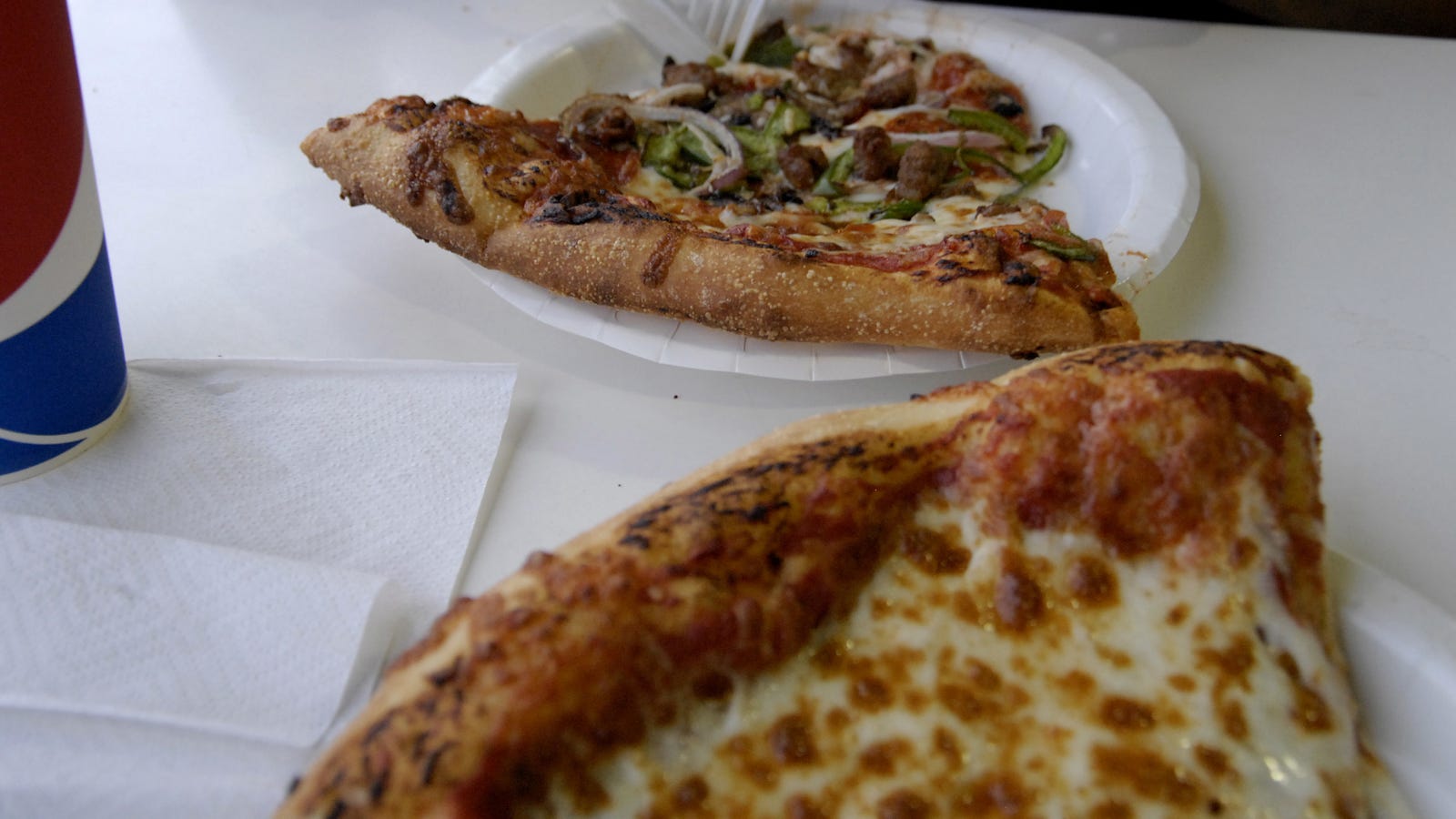Bill Cosby leaves the Montgomery County Courthouse in Norristown, Pa., on Thursday after being convicted of aggravated indecent assault.
Matt Slocum/AP
hide caption
toggle caption
Matt Slocum/AP
Bill Cosby leaves the Montgomery County Courthouse in Norristown, Pa., on Thursday after being convicted of aggravated indecent assault.
Matt Slocum/AP
Finally, we no longer have to use the word “allegedly.”
A court of law has delivered a verdict that the court of public opinion seemed to have already reached: Bill Cosby, 80, has been found guilty of three counts of aggravated indecent assault, resulting from allegations first made by Andrea Constand back in 2005.
The public eventually saw more than 60 women accuse “America’s dad” of sexual misconduct and assault, with many alleging he surreptitiously drugged them first. This is the first of those stories to get a verdict.
In some ways, this feels like a new chapter in the #MeToo movement. It’s a lesson in how social media and changing attitudes can force the biggest superstars to reckon with behavior that was overlooked, even a dozen years ago. Back then, it seemed America had chosen to forget the subject completely: Cosby was a superstar known as an exemplar of propriety and moral values — the black comedy pioneer scolded other comics of color for cursing onstage and blasted some poor black people for their failures in judgment.
Then in 2014 Cosby attempted a major comeback tied to the 30th anniversary of his groundbreaking sitcom, The Cosby Show. He was developing a new sitcom with NBC, had a Netflix comedy special scheduled for release and had cooperated on a biography of his life, which did not address the assault allegations.
That’s when comic Hannibal Buress made a joke about the hypocrisy of Cosby scolding black people for letting their pants sag when he’d been accused of rape years ago. A cellphone video of that joke went viral, leading accuser Barbara Bowman to write an op-ed column for The Washington Post titled “Bill Cosby raped me. Why did it take 30 years for people to believe my story?“
In 2015, Bowman told me about her decision to speak out against Cosby (she declined to comment for this story). “Shattering the silence had been my mission for 10 years,” she said. “… My entire motive was to motivate and empower other women to come forward to tell their stories as well.”
A few dynamics seemed to converge. Social media and online platforms helped spread word of the growing accusations against Cosby, moving beyond establishment media platforms the superstar could charm or intimidate. And younger people, like Buress, for whom The Cosby Show was a distant memory, didn’t see the comic as a venerated figure anymore.
His image as a philanthropist and pioneering black performer wasn’t enough to shield him as the allegations grew. So the TV projects went away, and eventually prosecutors decided to try him on criminal charges connected to Constand’s allegations.
Now Cosby presents the sharpest example yet of a lauded performer whose career ended with revelations of awful behavior. And we must all learn how to hold these two ideas in our heads at once: The first black man to co-star in a dramatic series on network TV (NBC’s I Spy), the first black person to win a prime time Emmy Award and the creator of beloved characters like Fat Albert and Cliff Huxtable, is also a convicted sexual predator.
For black folks, this is a particular blow. I still remember seeing posts from some African-American friends on social media years ago, insisting that these allegations against Cosby resurfaced because he had once made moves to buy NBC, and white power brokers wanted his legacy decimated. How could the man who literally wrote the books Fatherhood and Love and Marriage be guilty of this?
In some ways, it would be so much easier to believe this happened because of a conspiracy. Not only would it rescue the image of a man who stood for black achievement for many decades, but it would let fans off the hook, too. If Cosby was the target of a conspiracy, there would be no guilt in enjoying reruns of The Cosby Show, and mainstream America wouldn’t have to reckon with having turned away from the original allegations.
This won’t be the last we’ll hear of Cosby’s sexual past. His lawyers have vowed to appeal the conviction, and other women have filed civil suits of their own.
Still, as pop culture critics and onetime fans try to sort out Cosby’s legacy, it’s possible this all boils down to a simple message. What was once overlooked, will be overlooked no longer.
Which leaves one last question: Who’s next?







